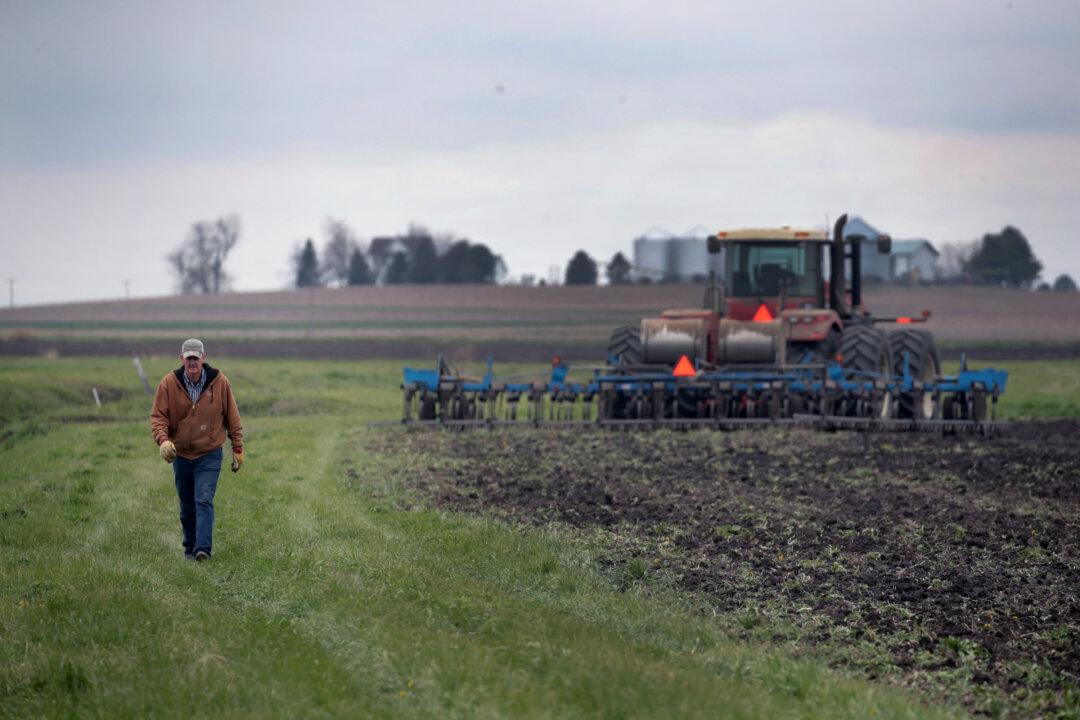Things are getting tougher for the nation’s breadbasket, a predicament that will likely ripple through the nation’s economy.
In addition to 40-year-high inflation and new records set nearly every day at the gasoline pump the past two weeks, the price of some agricultural fertilizers has skyrocketed as much as 60 percent over last year’s prices.





